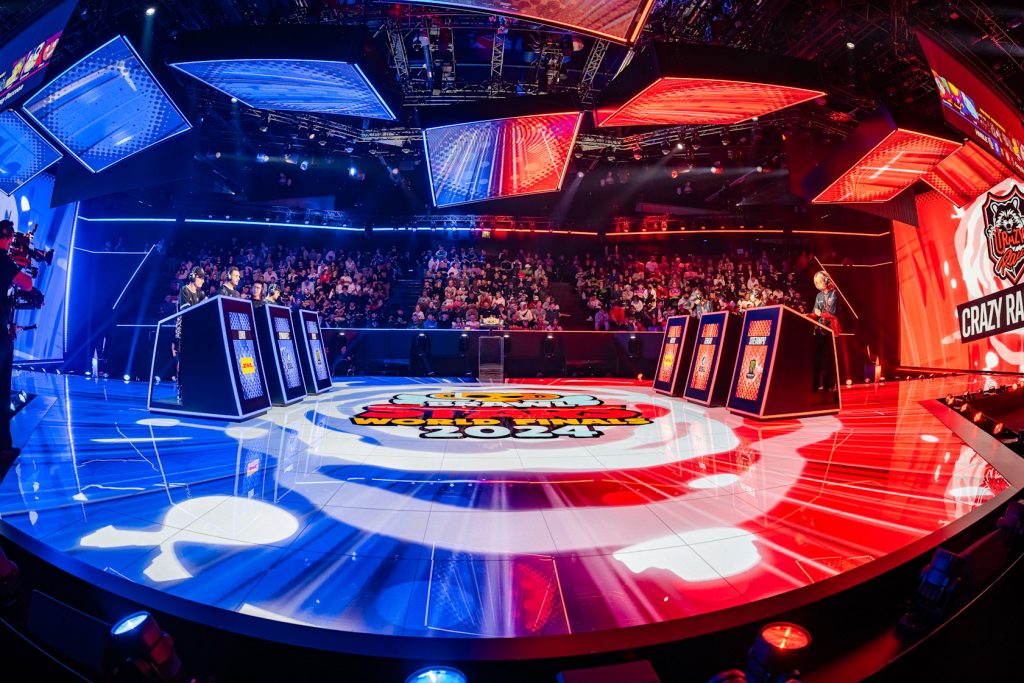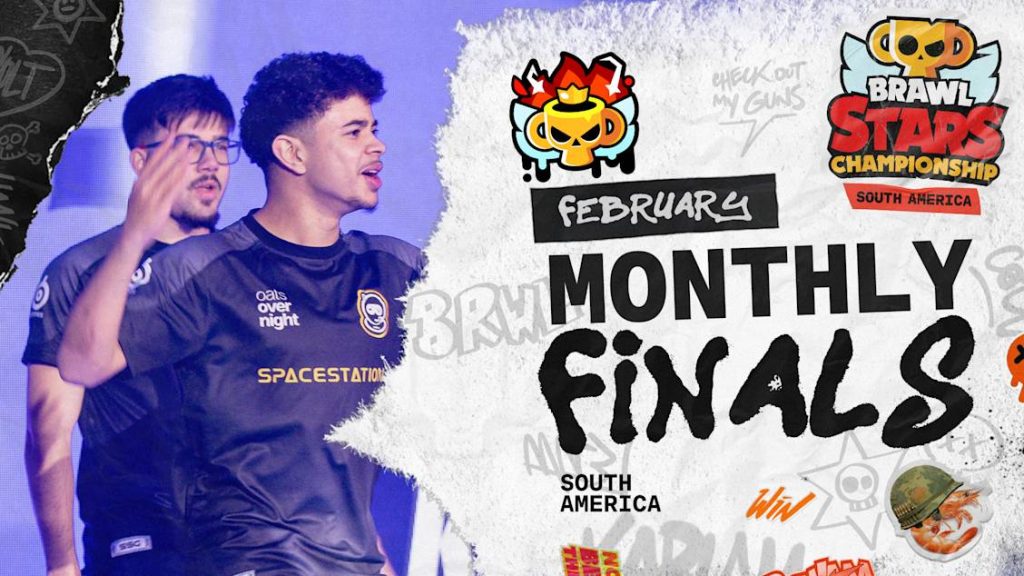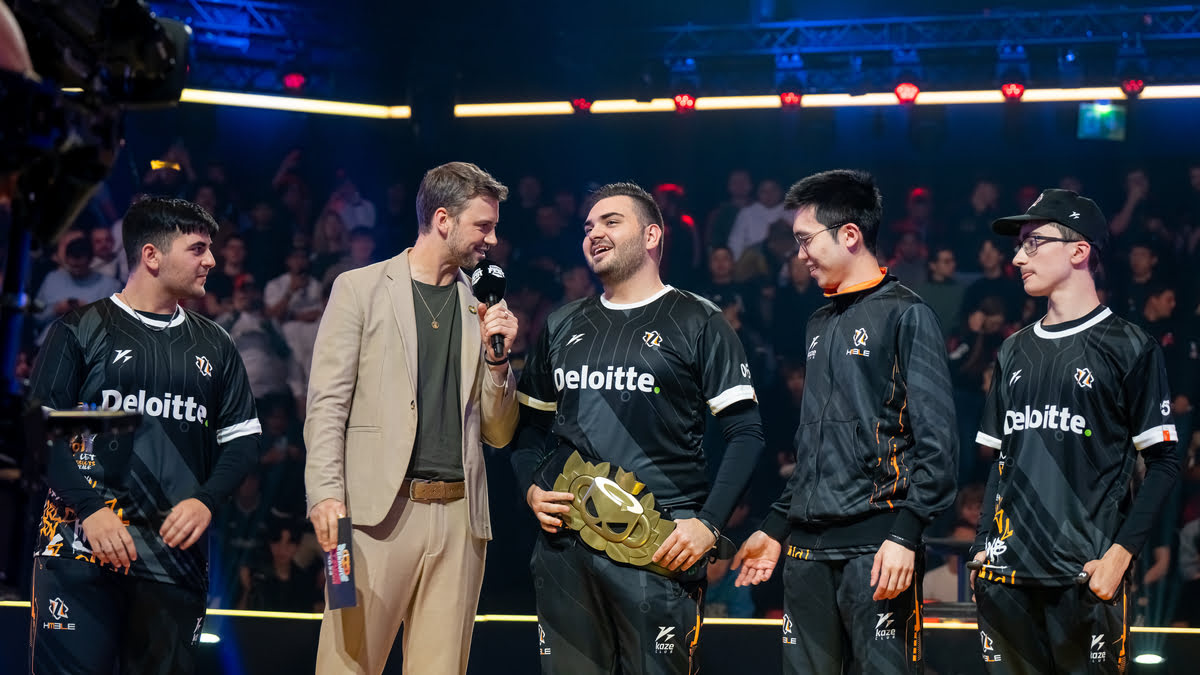All top-tier Brawl Stars teams are set to compete at the 2025 World Championship in Madrid, and the draft strategies are more complex than ever. The nuances of a map’s pools, mode rotations, and Brawler pick order are highly reliant on balance patches; some Brawlers are favoured while others are omitted. In a tournament with such high stakes where a single draft change can shift the entire match, it is critical to follow the emerging patterns and priorities. Here, we discuss the most compelling reasoning behind the draft choices made at Worlds Madrid, from the first-pick brawler staples of the meta, to the baffling counter-picks that dismantle even the most strategically sound teams.
The Meta Surge Before Madrid

During the 2025 season, balance updates slowly shifted the meta towards high mobility bruisers and multi-role hybrids that performed well across different modes. There was more madness and chaos as March and June patches buffed some shotgunners and nerfed long-range poke Brawlers. By the time regional qualifiers finished, teams were settling on meta fighters that could both provide early wave pressure and survive teamfights. Max and Bea, for example, got a lot more priority in dodger roles in Showdown maps like Hillside Hideout while Tick and Barley got new relevance as area denial heroes in Siege and Hot Zone. The outcome is a multi-mode meta where draft priority for a single brawler doesn’t define the balance mid season.
Best choices: indisputable first-round steals.
In Worlds Madrid, the consensus for first-pick slots revolves around a select few Brawlers that seem to supersede map and mode. Ruffs has cemented himself as a pick-or-ban priority Ruff’s teamwide damage boost and turret denial super makes him. With his ability to swing early skirmishes into objective control, he is the perfect opener in modes like Brawl Ball and Heist. Surge is equally dominant, with triple-stage super Surge allows teams to dictate the pace of every fight; those who secure him early are able to dictate the draft. Surge is a first pick for most teams who want to dominate early with stretch- Surge spatial control Pokemon facilitate- hot zone. Ruffs and Surge picks normally take up the first two spots, allowing the rest of the team to tailor their second round strategies around favorable ruffs and surge picks. hotzone specialists sprout and gene towards top tier because of their supreme zoning control and their clutch ultimates that can erase enemy pushes. These picks capture foundational strengths that teams are able to build on for the rest of the draft.
Situational Brawlers: Exploiting Maps and Modes
After achieving their core opens, teams move on to situational picks customized for the current map and mode. In the cramped corridors of Madrid Arena’s Gem Grab stage, high burst Brawlers like Piper or Edgar become priorities, since their one-shot potential clusters punishing enemies. In stark contrast, on the sprawling Siege’s Contraption Cove lanes, 8-Bit or Rico often emerge as must-picks with long range artillery for turret control and sieging turrets from afar. Hot-Zone variants in Madrid park-themed maps feature complex elevation changes where brawlers like Penny become more valuable due to her mortar super being able to reach contested platforms. During Brawl Ball matches, the rank of vaulting Strikers like El Primo or Frank has increased, their knockback and stun capabilities turning narrow goalmouths into death traps. While observing these situational picks, it is evident that the first-round gems provide the general framework, but mid-draft priorities need to adapt to the objectives of each map.
Pivot Picks and Back-Drafting Techniques
Besides the tier-one ban priorities and some core situational picks, the best teams at Worlds Madrid have demonstrated prowess in pivot picks: Brawlers specifically designed to counter an opponent’s planned composition. Some teams have countered early Ruffs-Surge opens with low mobility brawlers like Carl, whose hard-breaking super can go through turret buffs, or tanky bruise Rosa who can shield Ruffs’ damage boost. Surge’s movement speed is countered by slows and roots—commonly casted by Poco or Tara. Surge is compelled out of position before he can activate his super with these ultra-sustained slow counters. Within a match, drafting is dynamic within high-stakes matches; it is a chess match with coaches not only focused on the current picks but vividly the counter-play potential of the remaining pool. Teams that sequence their choices to sidestep the opponent’s main strategy to disrupt counter synergy with their own plans tend to gain crucial first-mover advantages that snowballs into victory.
Dynamics That Impact Tournament Outcomes

It is apparent that the draft priorities trends in Madrid are not very dynamic In Los Angeles. From the results of each round, the feedback constructs coaches’ decision trees. The feedback prompts rewiring of first-pick valuation and situational priorities. Winners of tight contests often increase the weight given to some Brawler’s power level—turning unconsidered mid-tier picks into instant thinkable turners for the next match. The best teams have some form of structure regarding draft execution and try to prepare an opener set up within the context of meta shifts before the match starts. It becomes a point of constant adaptation. In the end, those teams that rely on a rich pool of Brawlers to exploit, have diabolical foresight, and insane flexibility within the draft will outsmart those who rely on stark tier lists.
